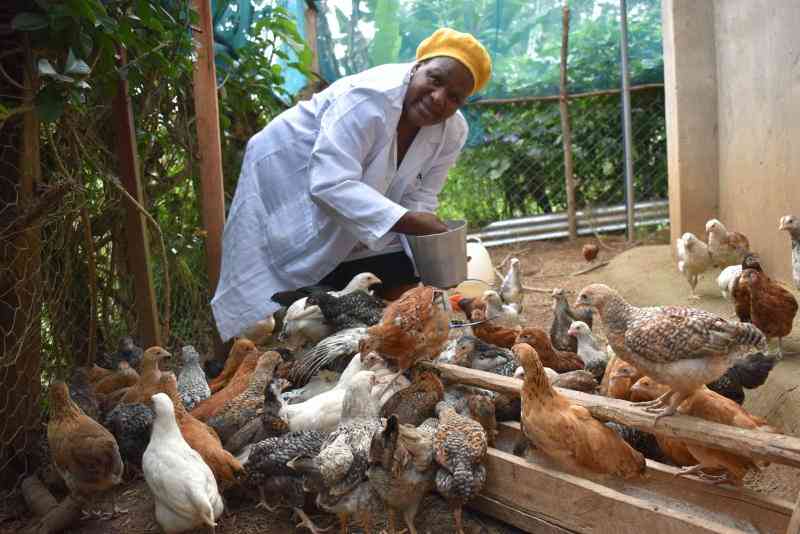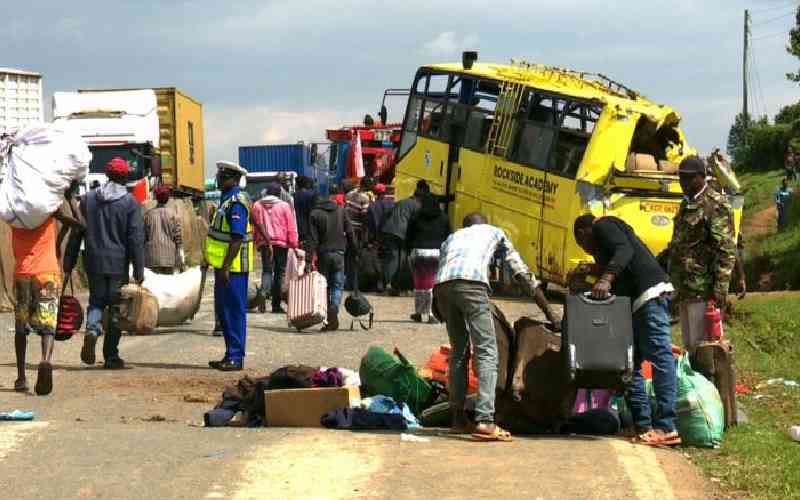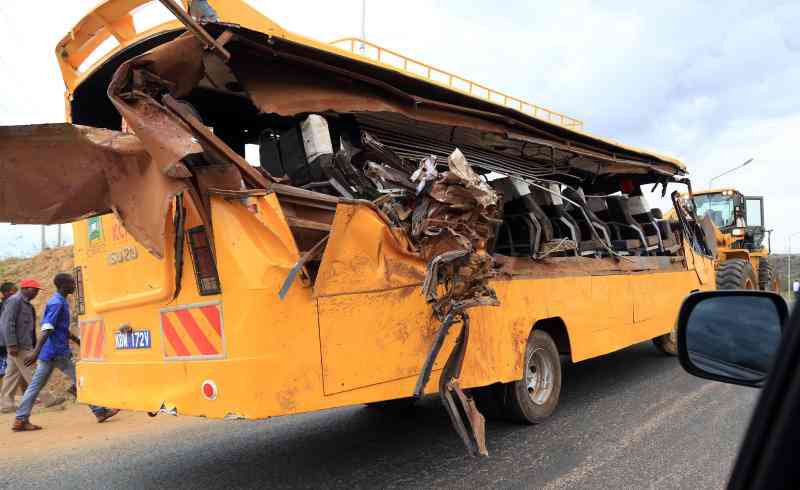By Joe Kiarie
They gradually shaped what eventually stood out as a trendy and creative albeit crazy culture.
But the end now seems nigh for minibuses and matatus in the public transport sector, which are fast fading out from the roads since the Government announced plans to phase out 14-seater matatus.
In what typifies an end of an era, statistics carried in the Economic Survey 2012 show that the Kenya Revenue Authority only registered 451 minibuses and matatus last year. This is a staggering 87.5 per cent drop from the 3,600 units that were imported in 2010. The data also points at an abrupt as opposed to gradual exit from the roads for the lesser capacity vehicles as their importation to Kenya stood at 4,483 in 2009, 5,206 in 2008 and 4,252 in 2007. In line with this, licenses issued to matatus dropped by 6.2 per cent in 2011.
Most investors in public transport are increasingly replacing them with buses and coaches. The number of buses imported in 2011 stood at 1,662, rising from 1,264 in 2010 and 1,057 in 2009. “This policy (to phase out 14-seater matatus) resulted in registration of buses/coaches maintaining an upward trend,” the survey notes.
Matatu Owners Association Chairman Simon Kimutai admits the popular matatus are indeed on their deathbed in Kenya. And he says their exit has not been solely prompted by the Government’s phasing out policy.
Kimutai notes that importing second hand matatus has become more expensive, making brand new locally assembled minibuses a more cost-effective option. “Japanese vehicles are becoming more computerised and costly. A second hand Toyota 7L Shark is now selling at between Sh2 million and Sh3 million while a locally assembled minibus is going for about Sh3.8 million. The minibus makes more sense due to its durability and higher carrying capacity,” he says.
Also, three wheelers, popularly known as tuk tuks, seem to be also gaining popularity as a public transport mode. They have currently dominated public transport within Mombasa city and are now spreading fast to other urban setups.
Registration of tuk tuks shot up by 40.7 per cent, jumping from 1,521 units in 2010 to 2,140 units last year. Motorcycles, which are now equally dominating the local transport sector under the boda boda craze, also recorded an impressive rise in purchases, with the number hitting 140,215 last year as opposed to 117,266 in 2010 and a paltry 16,293 last year.
Overall, the number of motor vehicles registered last year marginally increased to 205,841 compared to the 196,456 units purchased in 2010. But notably, there was a significant drop in the number of newly registered saloon cars and station wagons.
Saloon cars registered dropped by 31.8 per cent to stand at 11,026 in contrast to the 16,165 units registered the previous year. Station wagons dropped from 37,553 units to 31,199 units.
According to the survey, this can be attributed to high vehicle prices triggered by the weakening of the shilling. The drop has also been blamed on the destructive tsunami that struck Japan in March last year.
 The Standard Group Plc is a
multi-media organization with investments in media platforms spanning newspaper
print operations, television, radio broadcasting, digital and online services. The
Standard Group is recognized as a leading multi-media house in Kenya with a key
influence in matters of national and international interest.
The Standard Group Plc is a
multi-media organization with investments in media platforms spanning newspaper
print operations, television, radio broadcasting, digital and online services. The
Standard Group is recognized as a leading multi-media house in Kenya with a key
influence in matters of national and international interest.
 The Standard Group Plc is a
multi-media organization with investments in media platforms spanning newspaper
print operations, television, radio broadcasting, digital and online services. The
Standard Group is recognized as a leading multi-media house in Kenya with a key
influence in matters of national and international interest.
The Standard Group Plc is a
multi-media organization with investments in media platforms spanning newspaper
print operations, television, radio broadcasting, digital and online services. The
Standard Group is recognized as a leading multi-media house in Kenya with a key
influence in matters of national and international interest.









